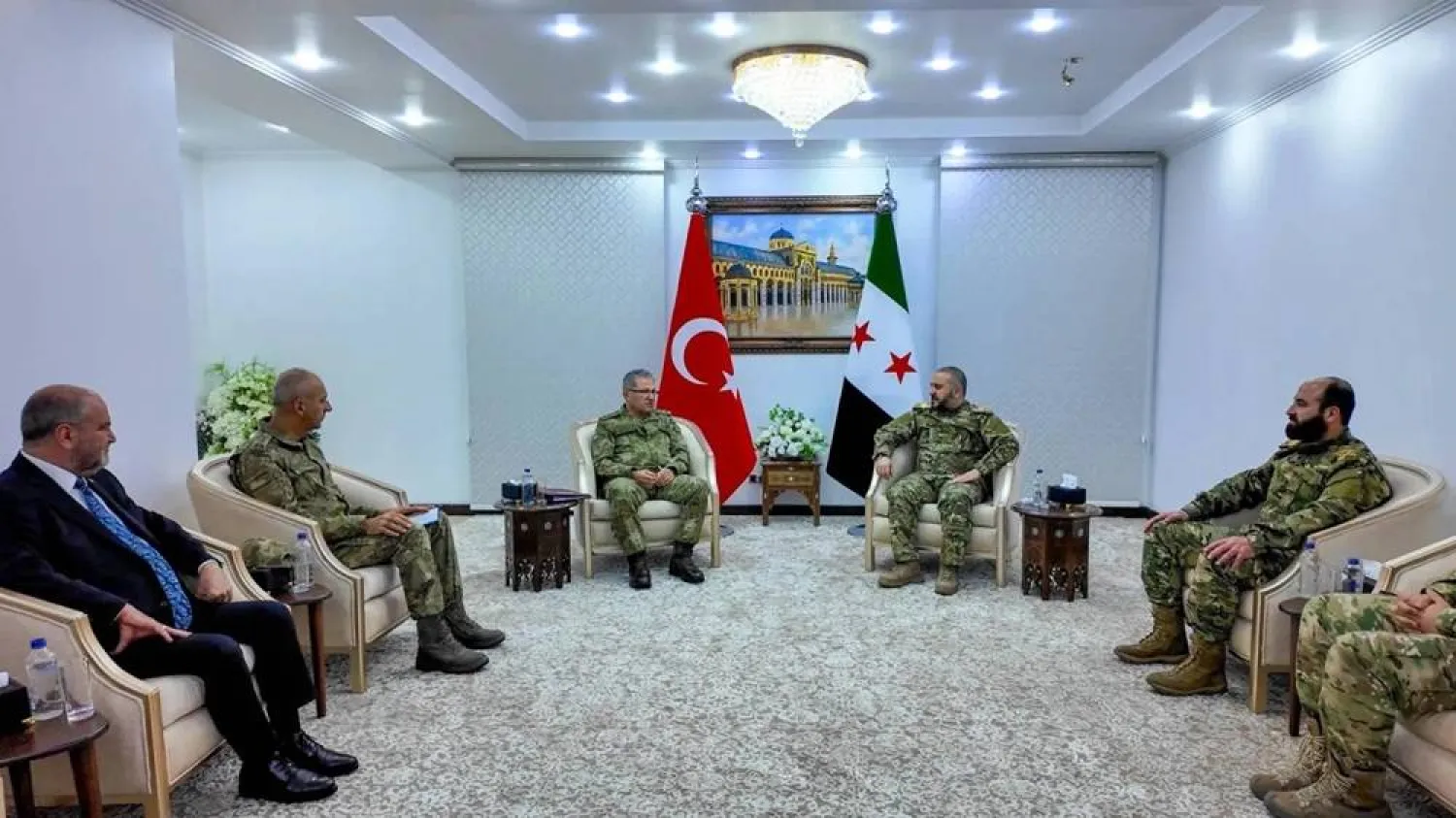Conflicting reports have emerged on whether Syrian opposition factions have started to withdraw their heavy weapons from a buffer zone agreed between Turkey and Russia on the northwestern Syrian region of Idlib.
On September 17, Russian President Vladimir Putin and Turkish counterpart Recep Tayyip Erdogan agreed to set up a demilitarized zone about 15 to 20 kilometers wide skirting Idlib.
"There have been no withdrawals of heavy weapons from any area or any front. This report is denied, completely denied," National Liberation Front (NLF) spokesman Naji Mustafa said.
His comments came after Syrian Observatory for Human Rights announced Sunday morning that Faylaq al-Sham began withdrawing its heavy weapons under the Turkish-Russian agreement.
The group is the first to comply with a requirement to leave the demilitarized buffer zone set up to avert a Russian-backed Syrian army offensive, said Observatory head Rami Abdulrahman.
“The group is withdrawing its forces and heavy arms in small batches from southern Aleppo countryside, adjacent to Idlib province, which is part of the demilitarized zone towards the west,” he added.
Faylaq al-Rahman includes between 8,500 and 10,000 fighters and is one of the factions of NLF, which was established in August with the support of Ankara in Idlib and neighboring areas that fall under the control of fighting factions in Aleppo, Hama and Lattakia, he explained.
Failaq al-Sham is the third largest group among the opposition factions in northwest Syria, according to the monitor.
"There have been no changes in the location of weapons or redistribution of fighters, even as we remain committed to the agreement reached in (the Russian resort of) Sochi,” Failaq al-Sham’s Media Officer Sayf al-Raad told AFP.
Under the agreement, all factions in the planned buffer area must hand over their heavy weapons by October 10 and radical groups must withdraw by October 15.
The deal was welcomed by world powers, aid organizations and the United Nations, which all hoped it would help avoid a bloody military assault on the area.
Formerly US-backed opposition group Jaish al-Izza rejected the deal on Saturday.
"We are against this deal, which eats into liberated (opposition-held) areas and bails out Bashar al-Assad," its head Jamil al-Saleh told AFP.









